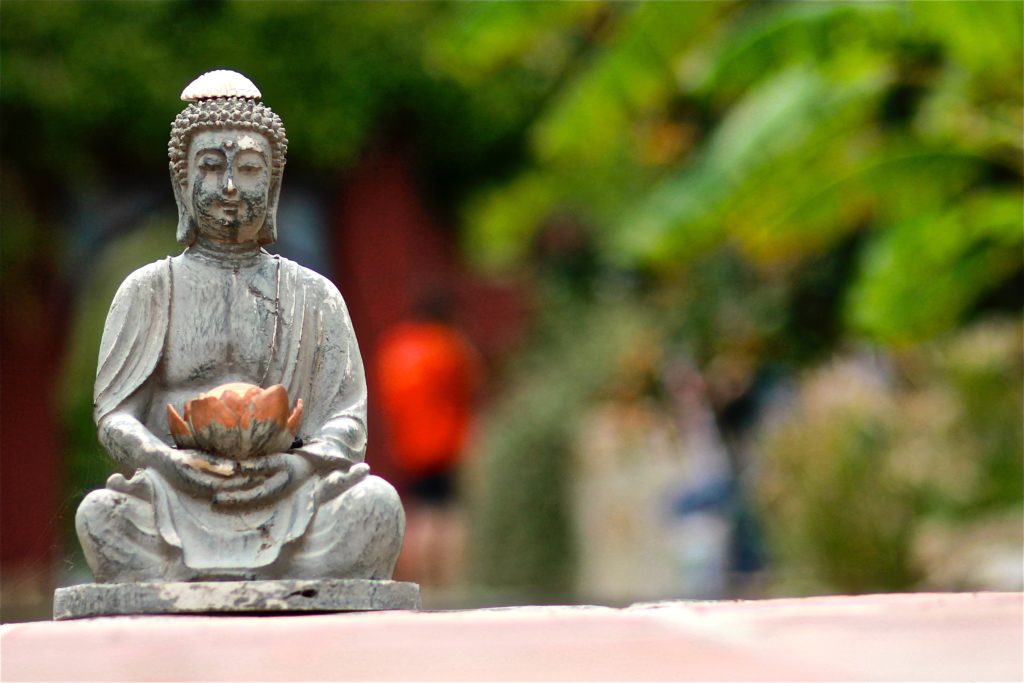
Why You Should Read Buddhist Classic Texts
Why read Buddhist classic texts?
Before we embark on our journey, we should qualify the term “Buddhist classic texts”, not as sacred texts, but as the repository of the voices that spoke for the freedom of minds of those who wrote, collected, and compiled the experiences. Buddhist texts in the classic languages run into many volumes and perhaps they might together constitute the largest body of material left behind by the ancestry to help us attain our true freedom as human beings.
Buddhist classic texts have this quality. The purpose of it is not to entertain the human mind and to fix it in certain time, places, and ideas. The purpose of the classic texts is mainly to liberate the mind. The main author and in many cases inspirer is the Buddha himself, whose main teachings are compiled in the classic texts. Besides him, many of his disciples have contributed to the texts. They were traditionally written on the palm leaves and sometimes written with the gold-encrusted on the writing materials. They were carried in the big baskets and hence the “great corpus” of Buddhist classical literature is called “Pitak”: baskets!
As the Buddha himself cautioned that we should not believe anything because it is even written in the body of literature compiled in the pitak. He gave the strictest of the tests even to examine his words experientially: if leads to benefit of oneself and benefit of others. In the history of the classic texts, the Buddha’s proclamation that his words should be tested like the goldsmith tests carefully if the metal given to them is gold or not.
The main purpose to read the Buddhist classic texts is therefore to cultivate human freedom, the release of mind from the shackles which binds it to rut and drudgery. These shackles come in many shapes and sizes and therefore there are many antidotes that the Buddha suggested. Pick up material from the Buddhist classic texts and they at times look like holding a mirror to our minds. They have a quality of engaging human minds at a different level. Some of the suttas in Pali texts like Tevijja Sutta acts like therapeutic device to liberate us from the unseen “gods” and “powers” that human being imagines but have never experienced with their senses. Some of the Suttas, like Satipatthan Sutta offers a guide to how we can live mindfully just like the Buddha in all the situation. The list can be expanded. So we should read the Buddhist classic texts for their quality of inspiring liberation of human mind.
On another level, many of the classic texts offer gradual training in learning about our own minds and working on them. Most of the times, we are prone to lose in the world of confusion, but the texts like Dhammapada can offer us immediate penetration into the reality of the moment and can suggest the way out of it. It works on both the levels, some texts, depending on the quality and nature of our minds, offer immediate relief or a long-term vision of the path that we may have to undertake.
Those who would like to read Buddhism as philosophy, the classic texts offers not only a perspective of comparative philosophy, but at it cores deals with the questions of ethics, metaphysics, politics, epistemology, and other ontological questions. As the Buddha was like the doctor who sought relief from the “dis-ease” (dukkha), he cuts the labyrinthine conflation of ideas and cuts to the heart of the problems and issues facing human minds and offers a practical way out. Of course, human minds are not straightforward and some of us are more inclined to thinking through and about complex ideas. For those people, Buddhist classic texts offer engagement with philosophical ideas.
Buddhist classic texts are also the work of “literature” and it has all the qualities of literature that can enchant and fascinate human minds. The poetry in the Buddhist classic texts is not only liberating but full of beauty and full of aesthetic experience which brings human mind to sublime. The metrics, the rhymes, and the harmony in the Buddhist classic literature that includes poetic utterances as Udan and the Gathas in Therigatha and Thergatha and in Dhammapada are technically very highly uplifting.
The Buddhist classic texts are the great source of understanding history, society, and even geography of that period. It is a great source of documented history. The social life of the people that time, their beliefs and their customs. Importantly, it also details out the geographies of the places. One can even classify the flora and fauna of that period. From the point of linguists, the Buddhist classic texts offer a perspective into how the languages are developed as there are many strata of languages within the texts.
Why read the Buddhist classics?
To better understand one’s own mind, understand ways to deal with one’s problems, engage philosophically with the great ideas, understand history, sociology, and geography of that time, or just to taste the juice that can be squeezed from its literary fruits which are scattered all over the body of literature.
Author – Mangesh Dahiwale



+ There are no comments
Add yours